ESG / CSR
Industries
The Environmental Impact of Soybean Products Explained
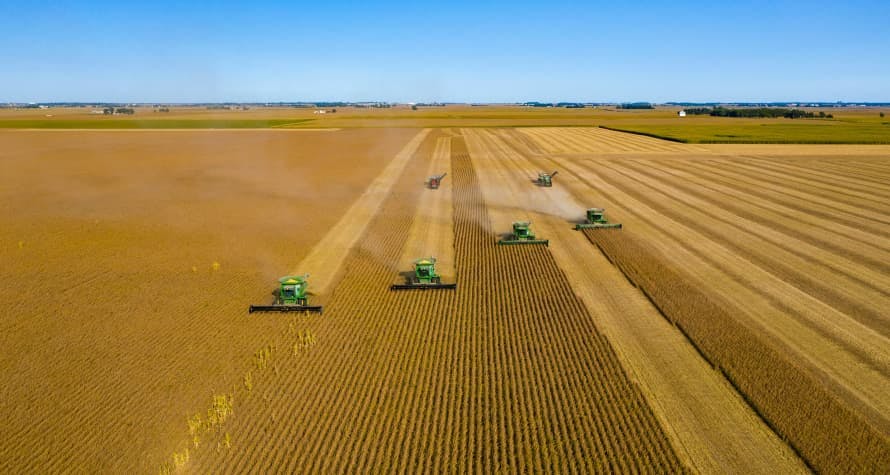


Vegans used to get a lot of criticism and concern regarding their potential over-consumption of soybean products, seeing as many people restricted to a plant-based diet will rely on soybean products such as tofu, soy milk, tempeh, and more to meet their protein requirements.
However, soybean products may not only be a threat to humans – but to the planet.
In this article, we’ll discuss what soybean products are, the environmental impact of soybean products, and what people on a plant-based diet could eat in place of soy products.
What are soybean products?
Soybean products refer to food items such as tofu, tempeh, soy milk, and processed vegan meat products – all of which are derived from soybeans, which are native to East Asia.
Examples of soybean products include:
- Tofu
- Tempeh
- Soy Milk
- Edamame
- Soy Sauce
- Textured Soy Proteins
Soy protein continues to prove itself indispensable for vegetarians and vegans because soybean products contain all essential amino acids – whereas other protein sources, such as beans, need to be eaten in combination with another food source to complete the amino acid chain.
👉 Soybean products are often consumed in a processed form in order to appeal to consumers more easily, as not many people would find soybeans alone appetizing in their initial form. As of 2022, the average European consumes a whopping 60 kilograms of soy every year – which equates to nearly 133 pounds!
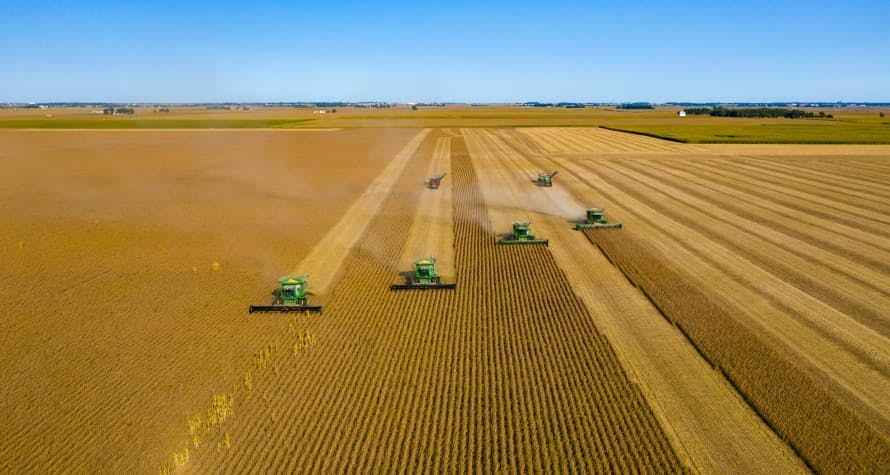
How are soybean products made?
Soybean products are made by intensive agricultural practices in addition to extensive processing in order to create soybean products which will appeal to consumers.
First off, soybean products need to be grown and harvested – which requires land usage, water resources, and more to be successful.
Once soybeans have been harvested, production facilities can proceed with turning the soybeans into more appealing products – such as tofu, which is made by pureeing soybeans. Another popular soybean product includes tempeh and miso paste, which is made by allowing soybeans to ferment. Both of these processes are considered first generation soybean products.
On the other hand, second generation soybean products are a whole other beast – and are arguably worse for the planet due to their need for extensive processing. These products include soy products which are even more processed than tofu or tempeh, such as plant-based burgers or other meat substitutes. This requires additives to improve the texture and taste of the soybean products, so that they can better replicate the meat they are trying to mimic – which also requires additional processing.
👉 Soybean products require rigorous farming practices in addition to needing to undergo several stages of processing before cultivating the desired end product.
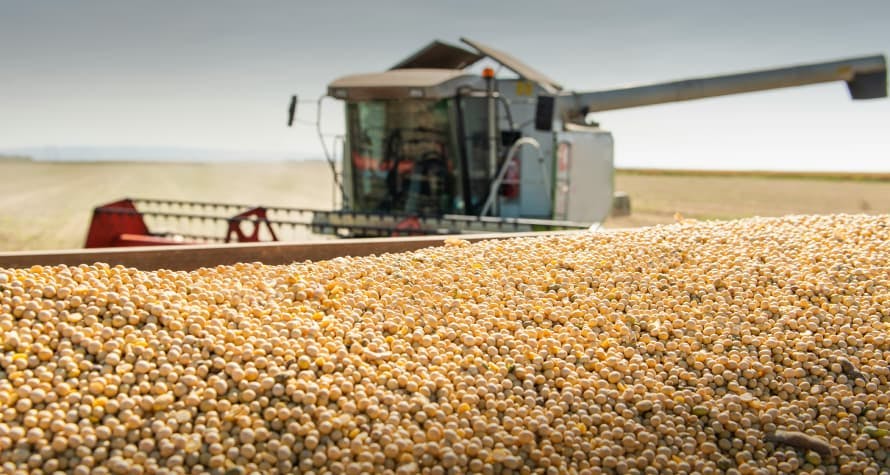
What is the environmental impact of soybean products?
The environmental impact of soybean products depends on the agricultural practices used, where soybeans are grown, how soybeans are transported, and how soybeans are processed in production.
Here are some of the ways soybean production can take a toll on the environment:
Deforestation
Soybeans can contribute to deforestation as a result of tearing down trees and massive rainforests in an effort to make more land available for soybean production. This can result in a loss of biodiversity, valuable ecosystems, and even threaten the livelihoods of native species which rely on resources from those forests to survive.
Impact on Wildlife via Land Usage
The production of soybean products requires extensive land usage, which can have a direct impact on the surrounding ecosystem – such as via deteriorating soil health and monopolizing water usage.
In addition to this, soybean production also utilizes the use of pesticides and various fertilizers – both of which can also contribute to further soil erosion and seep into the resources that the surrounding wildlife depends on for survival.
Water Usage
Soybean production requires intensive water usage, and in some cases – the development of soybean products can contribute to water scarcity.
GMOs
GMOs, otherwise known as Genetically Modified Organisms, are an issue with soybean products – seeing as soybeans are often genetically modified for the sake of preventing a crop production loss during harvest sea
son. This allows for a more lucrative harvest, and for farmers to continually fiscally benefit from their soybean production.
Transportation
Soybeans products are often grown in vast areas of land, many of which are bound to be remote – meaning the soybeans themselves will have to be shipped elsewhere for further processing to be turned into soybean products. This can contribute to excess greenhouse gas emissions.
Processed Soybean Products
Soybean products in their whole form such as tempeh, tofu, and soybeans don’t pose a threat to the planet – but processed soy products such as fake meats, do. This is because processing soybeans requires extensive energy consumption, such as for vegan burgers, tofu, or soy milk – all of which help make soy more accessible and appetizing for people looking to increase their soy intake.
👉 Ultimately, the production of soybean products can create a reasonable environmental impact if the agricultural, production, and supply chain practices are not kept up-to-date in accordance with the current climate circumstances and available resources.
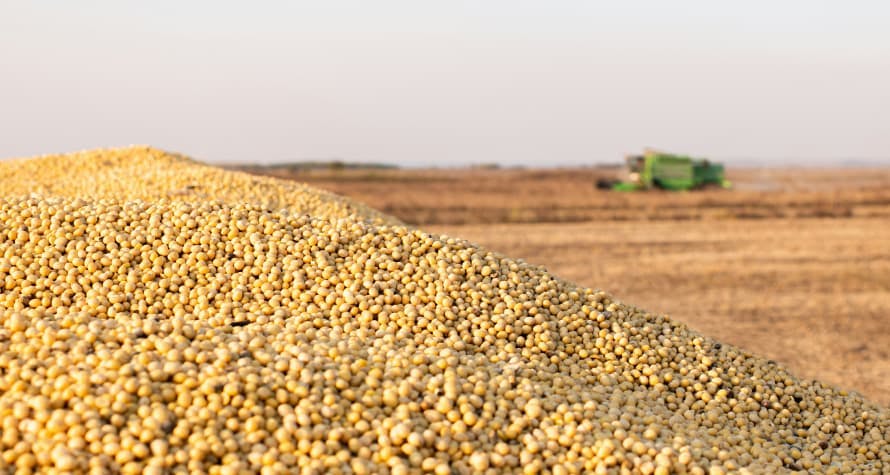
Which is worse: eating soybean products or meat?
Given the environmental impact of soybean products, many may wonder if soybean products are even worse for the environment than meat – but the truth is that soybean products remain the more eco-friendly choice over a burger or fried chicken.
Here’s a breakdown of some of the environmental impacts of soybean products versus meat products:
- Water Consumption – Although soybean products are indeed water intensive, meat products still take the cake on having a higher rate of water usage than soybean products. This livestock requires water for both the animals and the crops the livestock will be eating – whereas soybean production only requires an irrigation system for the crops themselves.
💡Did you know? The water footprint for a soy burger is around 158 liters of water (around 42 gallons), whereas the amount of water used for a traditional beef burger is around 660 gallons – or 2500 liters of water.
- Excess Emissions – Livestock farming produces much more greenhouse gas emissions as opposed to the emissions created on behalf of soybean products – seeing as the average cow contributes anywhere from 154 to 264 pounds of methane gas each year. Soybean production also emits GHG emissions, but on a much smaller scale – with soybeans only releasing 1.75 kilograms of carbon dioxide and meat production releasing 36 kilograms of carbon dioxide per 1,000 kilocalories.
- Waste Generation – While it’s true that both meat and soybeans contribute to air pollution, meat production will usually contribute to even more waste – such as via animal waste and wastewater that can have an impact on the surrounding soil and future crops to be used for livestock.
👉 In terms of health, soybean products are ultimately more healthy to consume on a regular basis as opposed to meat – seeing as soy-based sources of protein often contain additional nutrients such as fiber and other minerals while red meat could spur cancer and serious heart issues.
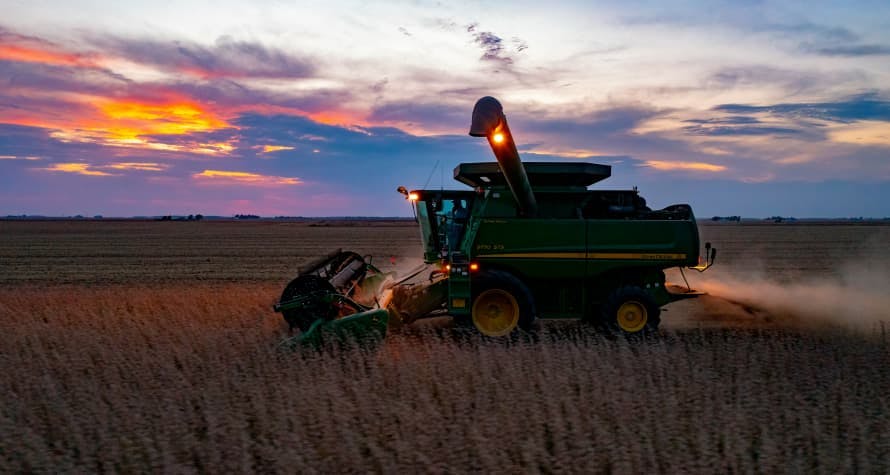
What are some options to replace soybean products?
Vegans often get a bad rep for not having easy access to a wide-variety of protein sources, but in reality – this couldn’t be further from the truth.
Some of the most convenient protein sources, besides soybean products, for people on a plant-based diet include:
- Nut butters such as peanut or almond butter
- Fake meats made out of seitan
- Nutritional yeast which can be sprinkled on top of pasta or other savory dishes
- Hemp seeds to add to smoothies
- Green peas which can be blended into dips
- Spirulina powder which can be added to wellness lattes
💡Remember, these protein sources should be eaten in combination with one another in order to replace the complete amino acid chain that soybean products provide – such as rice with beans, chickpeas with wheat-based pita bread, or pinto beans with corn.
In fact, it has been recommended that vegans should eat soy in moderation in order to avoid excess estrogen production and to ensure their protein sources remain varied. Think about it, eating red meat isn’t good if consumed on a regular basis – but every once in a while doesn’t make it inherently awful.
The same goes for people on a plant-based diet looking to vary their protein intake besides soybean products. That being said, one of the best things that people can do to moderate their soybean product consumption is to ensure they are eating soybeans closest to their natural form – such as with tofu, tempeh, or soybeans themselves. This is because processed soy, often found in vegan meat-alternatives, are still processed foods which should be eaten in moderation.
It’s important to remember that the environmental impact of soybean products can be managed, as long as companies make an effort to monitor their supply chain and the agricultural practices from the source providing the soybeans themselves.
What About Greenly?
If reading this article about the environmental impact of soybeans has made you interested in reducing your carbon emissions to further fight against climate change – Greenly can help you!
It can be challenging to fully understand which meals and ingredients are the most eco-friendly, but don’t worry – Greenly is here to help. Click here to schedule a demo to see how Greenly can help you find ways to effectively implement and utilize better supply chain methods.
Greenly can help you make an environmental change for the better, starting with a carbon footprint assessment to know how much carbon emissions your company produces.




